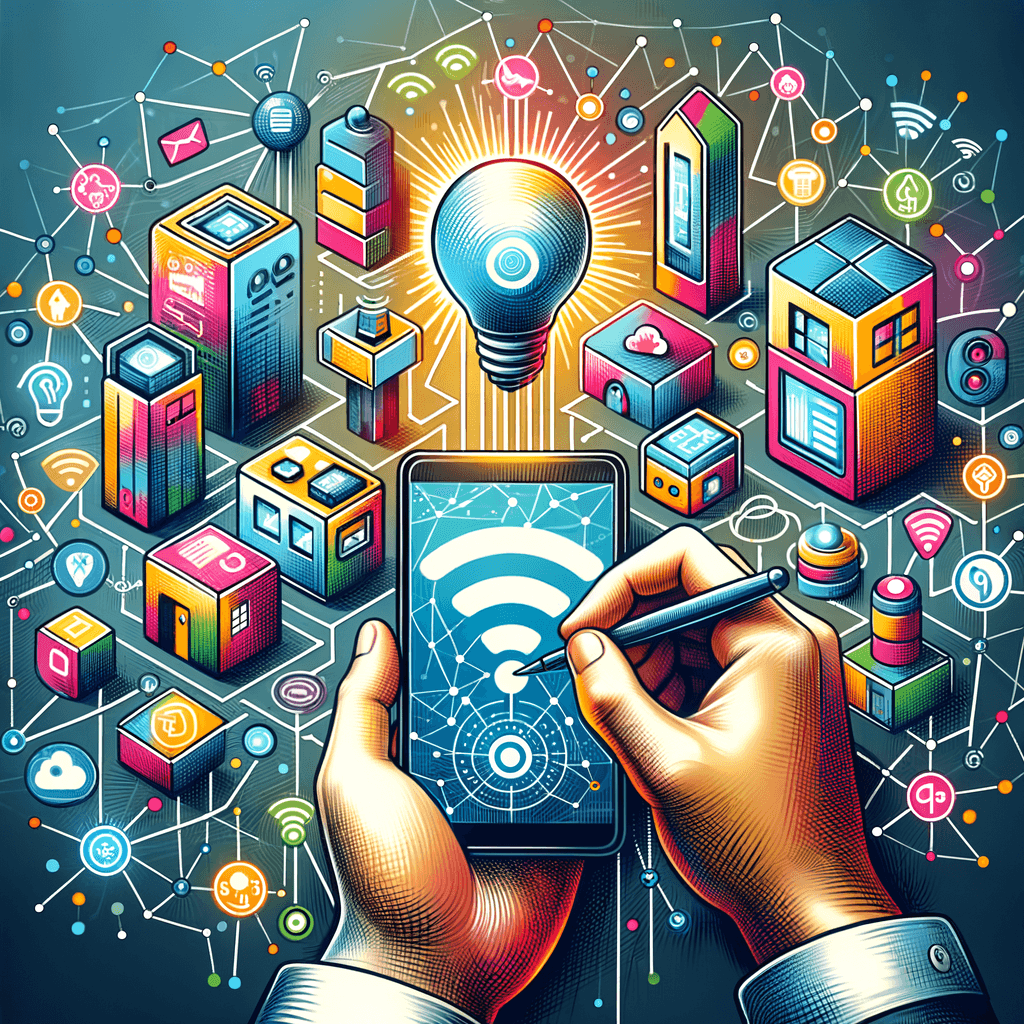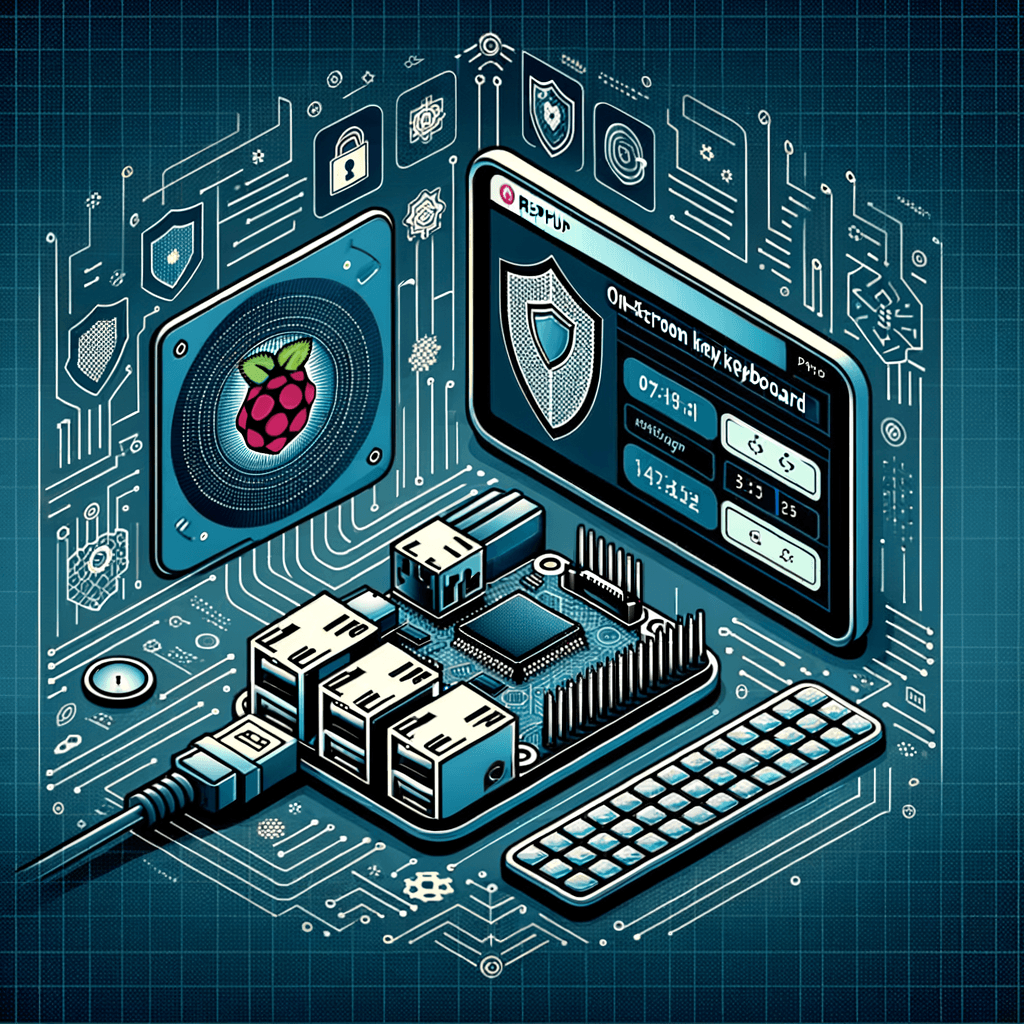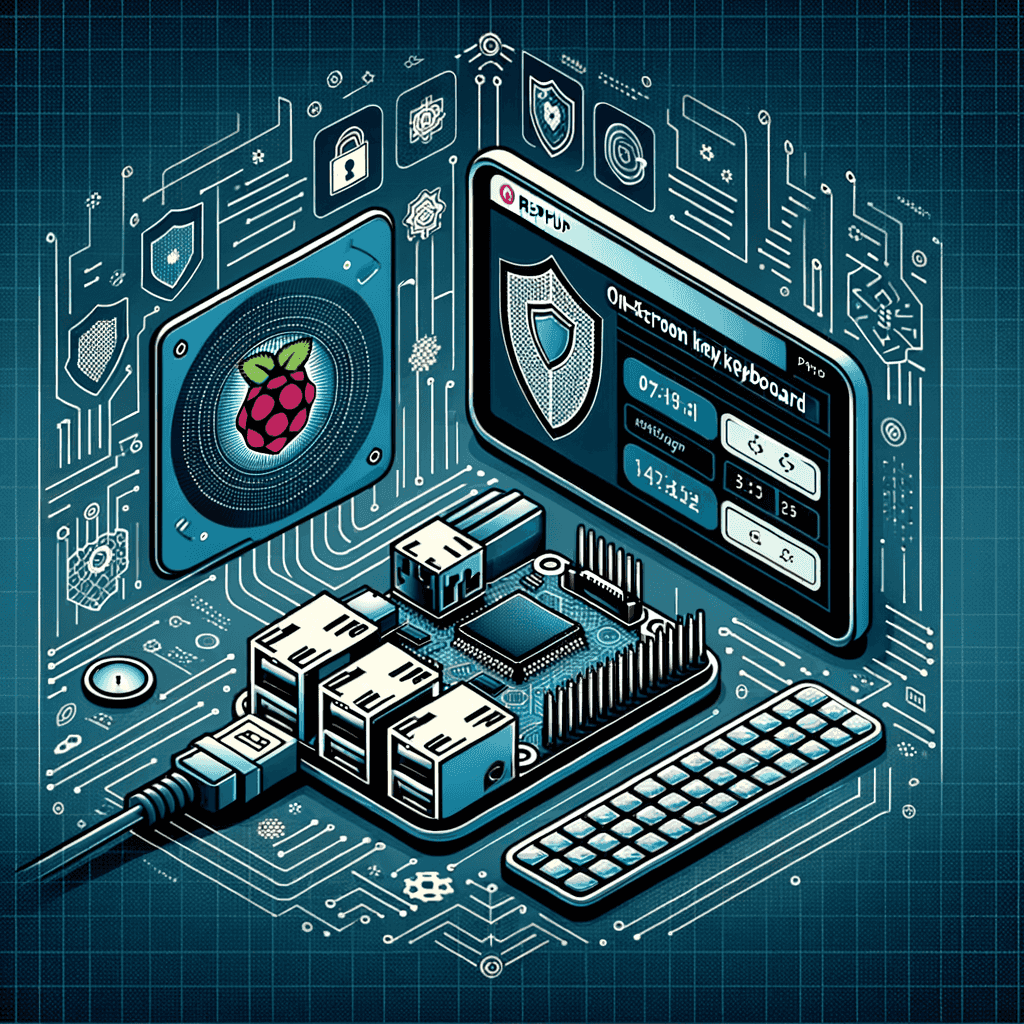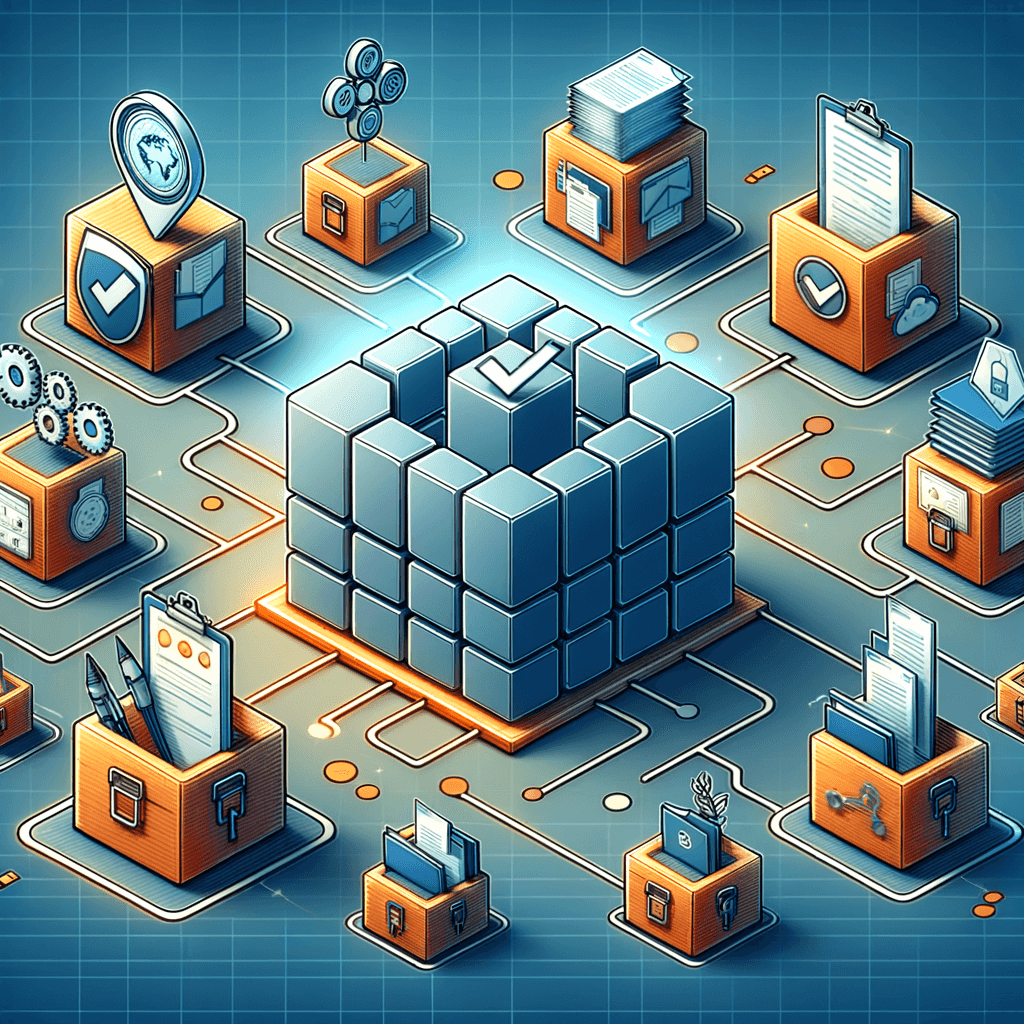Imagine a world where your home, your car, and even your city are connected in a way that makes everything run more smoothly. It's not a scene from a sci-fi movie; it’s happening right now with the Internet of Things, or IoT. You might be wondering, what exactly does IoT remote monitoring mean? Simply put, it’s a way to keep an eye on things from afar, using the internet to keep you informed.
This ability to monitor from a distance is changing the game in how we manage systems and processes, from the comfort of our homes to the efficiency of our workplaces. With IoT remote monitoring, you can know what's happening with your devices without having to be physically present. It's like having superpowers, but instead of x-ray vision, you have real-time data at your fingertips.
In this article, we'll explore how this technology works, what goes into it, why it's so important, and where it's heading. Whether you're a tech enthusiast or just curious about how IoT remote monitoring can benefit you, there's something in here to expand your understanding. Get ready to learn about a tool that's not only for the tech-savvy but for anyone interested in harnessing the power of the internet to make life easier.
How IoT Remote Monitoring Works
So, how does IoT remote monitoring work? It's a bit like a chain reaction, and it all starts with the unsung heroes of the IoT world: sensors and devices. These little guys are placed on specific equipment or components that you want to monitor. They could be anything from a temperature sensor in a fridge to a vibration sensor on a factory machine.
Once these sensors are in place, they start collecting data. This could be anything from the temperature inside the fridge, the vibration of the machine, or even the current in a motor. This data is then transmitted back to a cloud-based IoT monitoring solution.
Now, here's where the magic happens. This data isn't just sitting there gathering digital dust. It's being analyzed, crunched, and processed to give you valuable insights into the performance of your equipment or processes, even when devices are behind firewalls or Network Address Translation (NAT) systems, ensuring secure and seamless access to IoT data.
For example, if the temperature in the fridge starts to rise, the IoT system can flag this as a potential issue before your ice cream has a chance to melt. Or if the vibration in the machine starts to increase, it could indicate a potential failure before it happens. This means you can take action before a small issue becomes a big problem.
But it's not just about preventing problems. IoT remote monitoring can also help businesses improve their efficiency and sustainability. For example, by monitoring the performance of HVAC units within a facility, a company can keep them running at the ideal levels based on office occupancy. This can help cut energy costs and reduce greenhouse gas emissions.
IoT remote monitoring can also help businesses become more proactive in their approach to maintenance and repairs. Instead of waiting for something to break, businesses can use the data to identify opportunities for improvement and make data-driven decisions.
In short, IoT remote monitoring is like having a team of super-smart, super-fast analysts working round the clock to keep your systems running smoothly. And the best part? They never take a coffee break.
Components and Parameters of IoT Remote Monitoring
Let's dive into the nuts and bolts of IoT remote monitoring. It's a bit like a well-oiled machine, with each part playing a crucial role.
At the heart of the system are three core components:
- Data Acquisition
- Data Analytics
- Event Notification
Data acquisition is where it all starts. This is the software that captures data from the asset you're monitoring. Think of it as the eyes and ears of your IoT system. The quality and type of data it captures depends on the asset itself. The smarter the device, the more sensors it has, and the better your remote diagnostics will be.
Next up is data analytics. This is the brain of your IoT system. It takes the raw data from the acquisition stage and turns it into something useful. It can identify and assess core operating parameters like temperature, pressure, fill level, vibration, and location. If these parameters are off, it could indicate a problem with your asset.
But it's not just about identifying problems. Data analytics can also identify trends and patterns over time. This requires a lot of historical data, but the results can be incredibly valuable. For example, it could help you identify when a machine is likely to fail, so you can schedule maintenance before it breaks down.
Finally, we have event notification. This is the voice of your IoT system. It alerts you when something is wrong or when there's an opportunity for improvement.
Now, it's important to note that IoT remote monitoring systems aren't one-size-fits-all. They're a network of interconnected components, including sensors, user interfaces, and connectivity devices. These components gather, share, report, and store data related to specific parameters of your assets.
So, whether you're monitoring the temperature in a fridge, the pressure in a pipe, the fill level in a tank, the vibration in a machine, or the location of a vehicle, IoT remote monitoring can give you the insights you need to get the most out of your assets.
The Benefits and Importance of IoT Remote Monitoring
Let's talk about why IoT remote monitoring is not just a nice-to-have, but a must-have in today's tech-driven world.
First off, it's a real game-changer when it comes to reducing downtime. By keeping a close eye on your assets, you can spot issues before they turn into big problems. This means less time spent on repairs and more time spent on doing what you do best.
Next, there's the first-time fix. We've all been there - something breaks, you call in a technician, they fix it, but then a few days later, the same problem pops up again. With IoT remote monitoring, you can identify issues early and fix them right the first time around. This not only saves you time and money but also keeps your customers happy.
But the benefits don't stop there. IoT remote monitoring can also boost your service operations efficiency. It can automate tasks like dispatching, remote repairs, and customer self-service. This means you can grow your service without having to add more technicians to your team.
Now, let's talk about real-time location tracking. Whether you're managing a fleet of trucks or a warehouse full of goods, knowing where your assets are at all times is crucial. With IoT remote monitoring, you can track your assets in real-time, helping you optimize logistics and prevent theft.
Speaking of prevention, IoT remote monitoring is a powerful tool for preventative maintenance. By spotting potential issues early, you can perform maintenance before things go south. This not only reduces downtime but can also extend the lifespan of your assets.
And it's not just about preventing problems - it's also about monitoring conditions. IoT remote monitoring lets you keep tabs on the state of your assets in real-time. This can help you identify issues before they become critical, saving you time, money, and a whole lot of stress.
In the grand scheme of things, IoT remote monitoring plays a pivotal role in modern technology. It's not just about making your life easier - it's about giving your business a competitive edge. By reducing downtime, improving efficiency, and boosting customer satisfaction, IoT remote monitoring can help you stay ahead of the game in today's fast-paced business world.
Applications and Future Trends in IoT Remote Monitoring
Now, let's dive into the many ways IoT remote monitoring is being used across different industries, and what the future might hold for this game-changing technology.
Industrial Sector
In the industrial sector, IoT remote monitoring is doing much more than just keeping tabs on things. By adding IoT sensors to machinery, industries can gather real-time data that provides valuable insights into the health of their equipment and the efficiency of their operations.
Healthcare
Healthcare is another field that's reaping the benefits of IoT remote monitoring. Devices are being used to keep an eye on patients from afar, allowing for continuous health monitoring and quick responses to emergencies. This is a big step forward in patient care.
Manufacturing
In the world of manufacturing, IoT sensors and connected devices are providing a constant stream of data on how equipment is performing. This leads to better operational efficiency and the ability to predict when maintenance will be needed.
Agriculture
And let's not forget about agriculture. Here, IoT technology is being used to monitor crop conditions, automate irrigation, and optimize the use of resources.
The Future
But what about the future? One of the most exciting developments on the horizon is the advent of multi-IMSI smart SIMs. These advanced SIM cards can connect to multiple International Mobile Subscriber Identities (IMSIs), revolutionizing IoT connectivity.
These smart SIMs are not just about reliable connectivity, though. They also offer enhanced flexibility for IoT devices operating in different regions. This is a big plus for global enterprises that need to keep their devices connected across various network territories.
Moreover, these SIMs support scalability, allowing businesses to expand their IoT infrastructure without having to negotiate with multiple network providers. They also come with sophisticated management platforms, giving administrators unprecedented control over their IoT devices.
With features like remote provisioning, real-time usage monitoring, and advanced security protocols, these SIMs are set to become an indispensable part of the IoT ecosystem.
However, as with any technology, IoT remote monitoring also faces potential challenges. These include issues related to data privacy, security, and the need for robust, reliable connectivity. But with ongoing advancements and the right safeguards in place, the future of IoT remote monitoring looks bright indeed.









